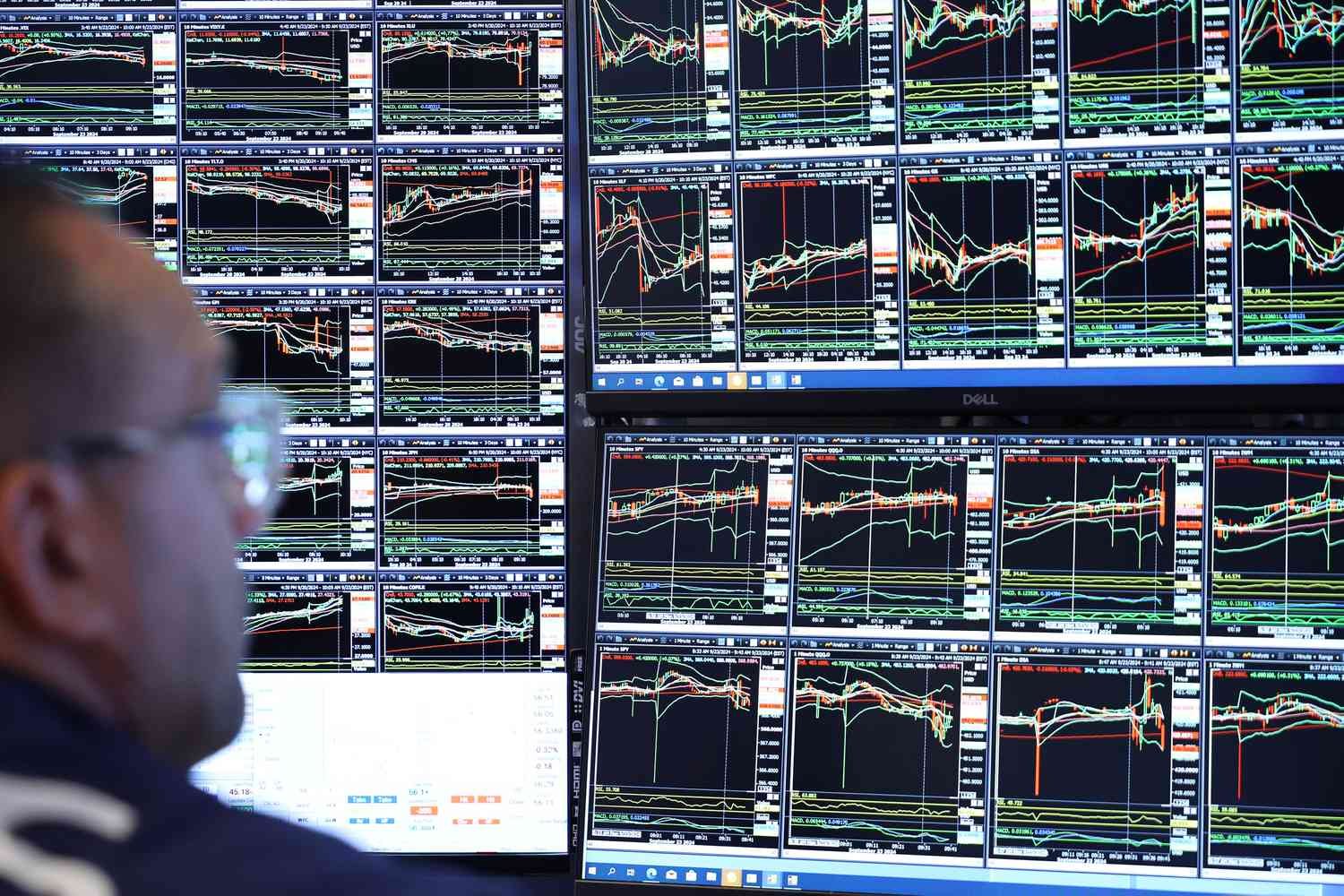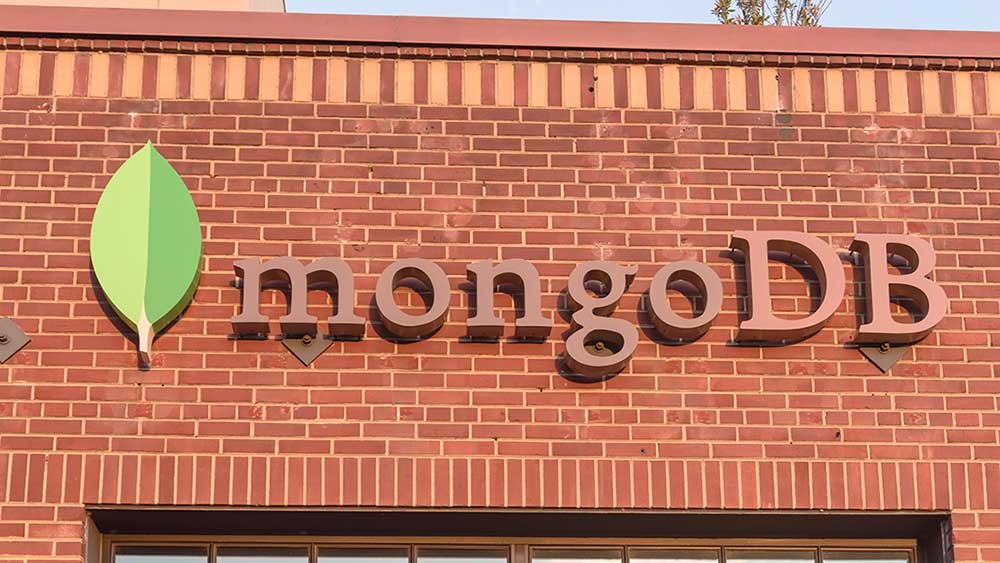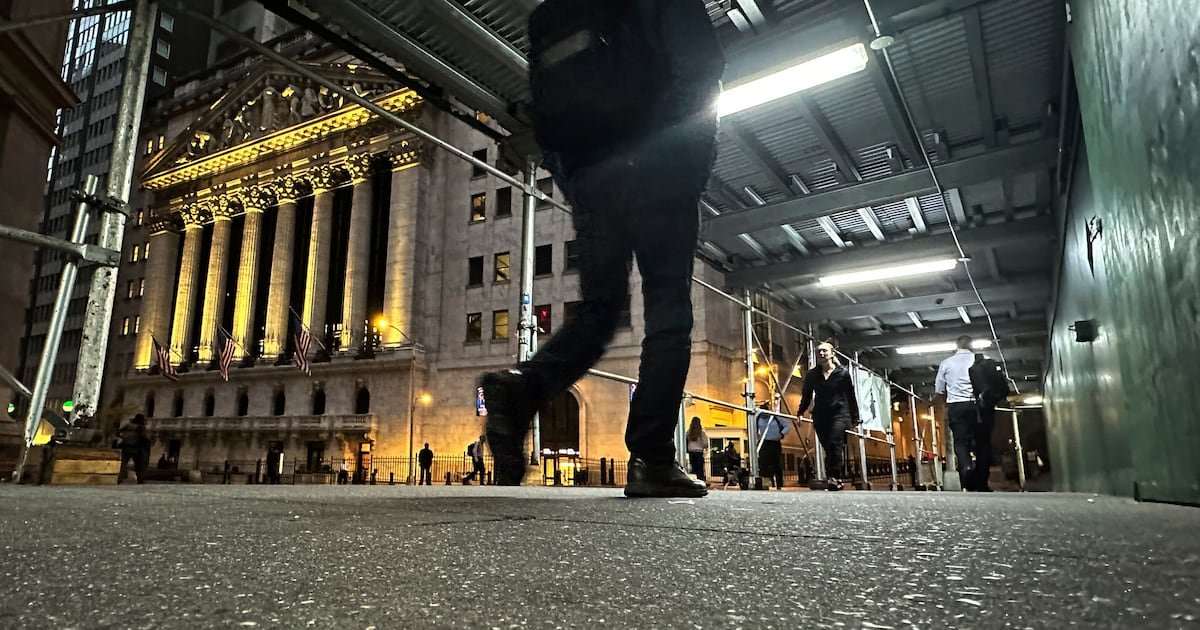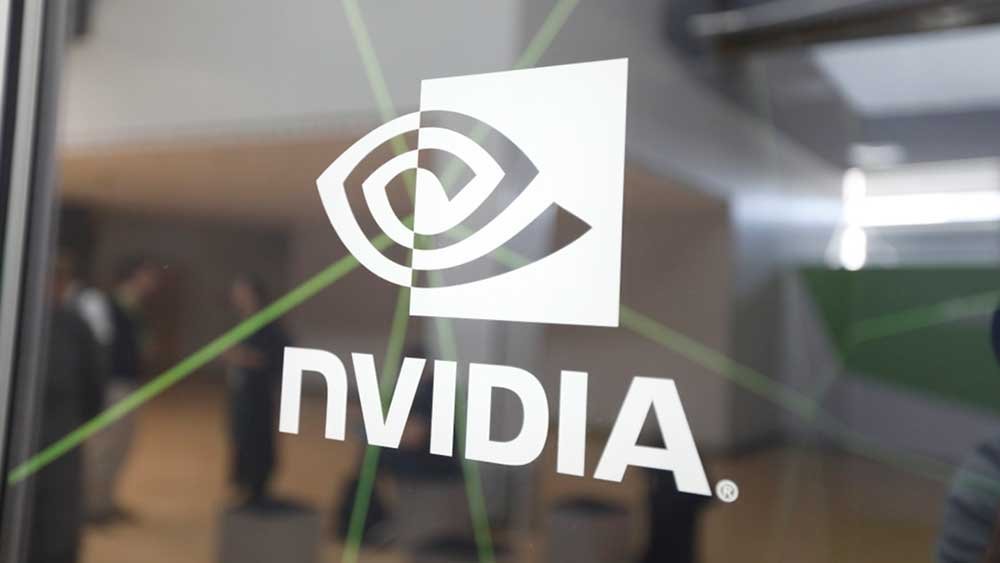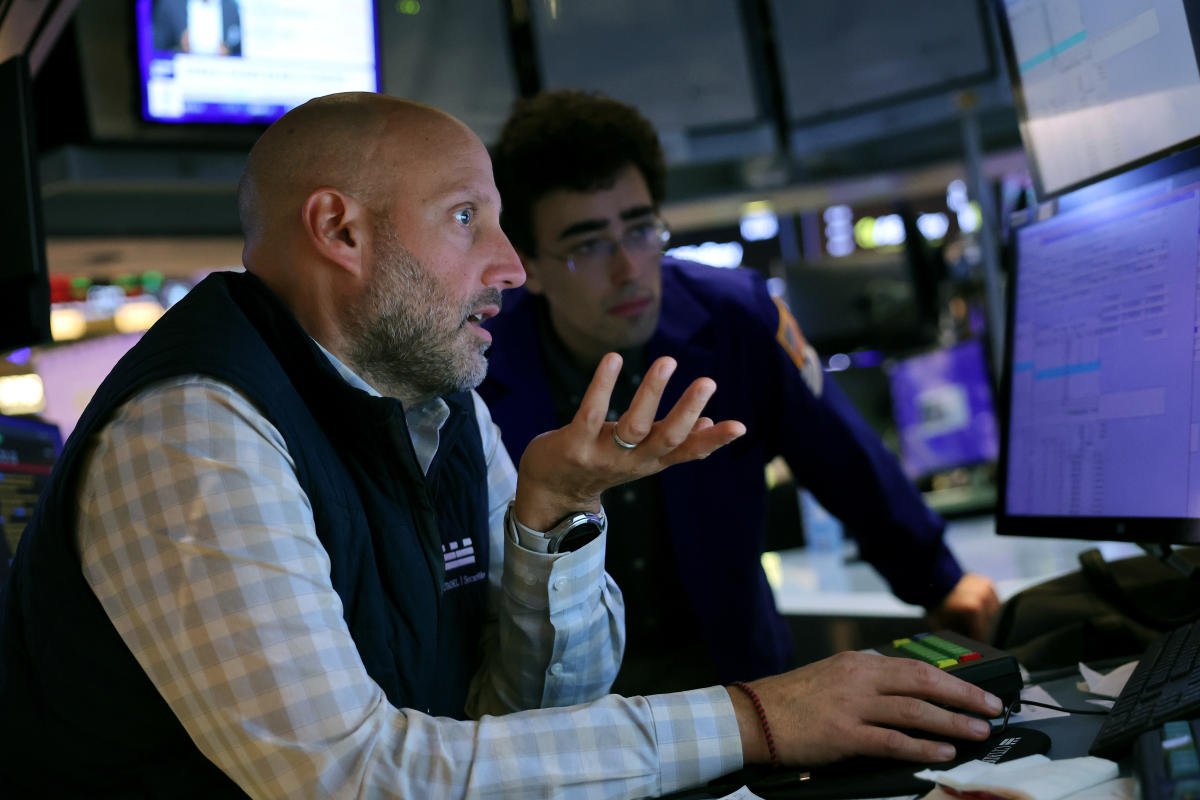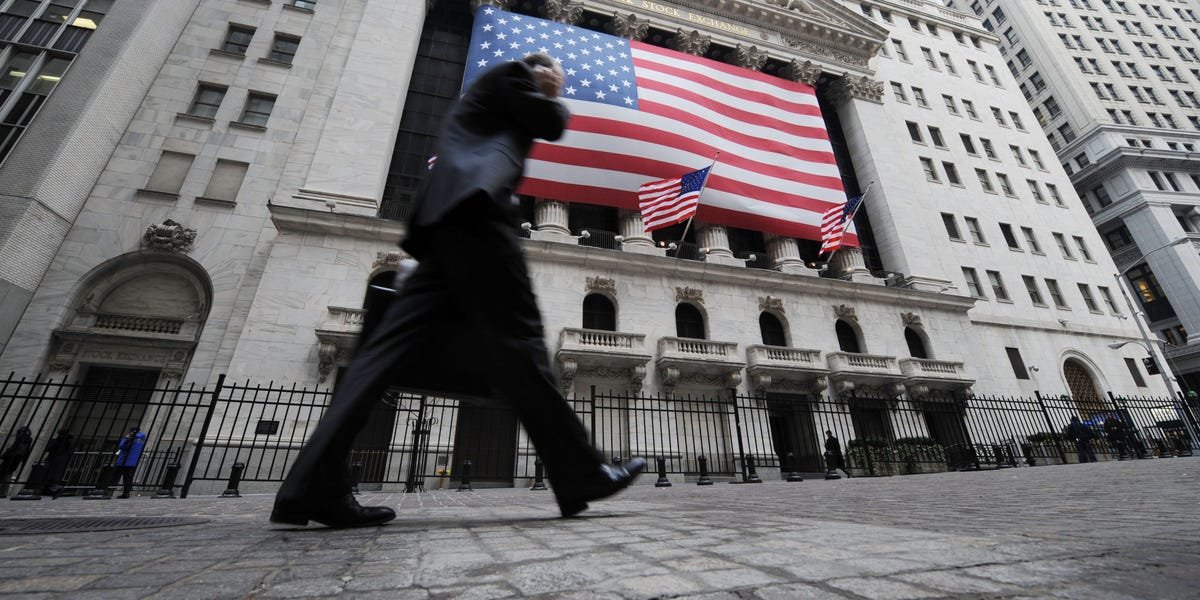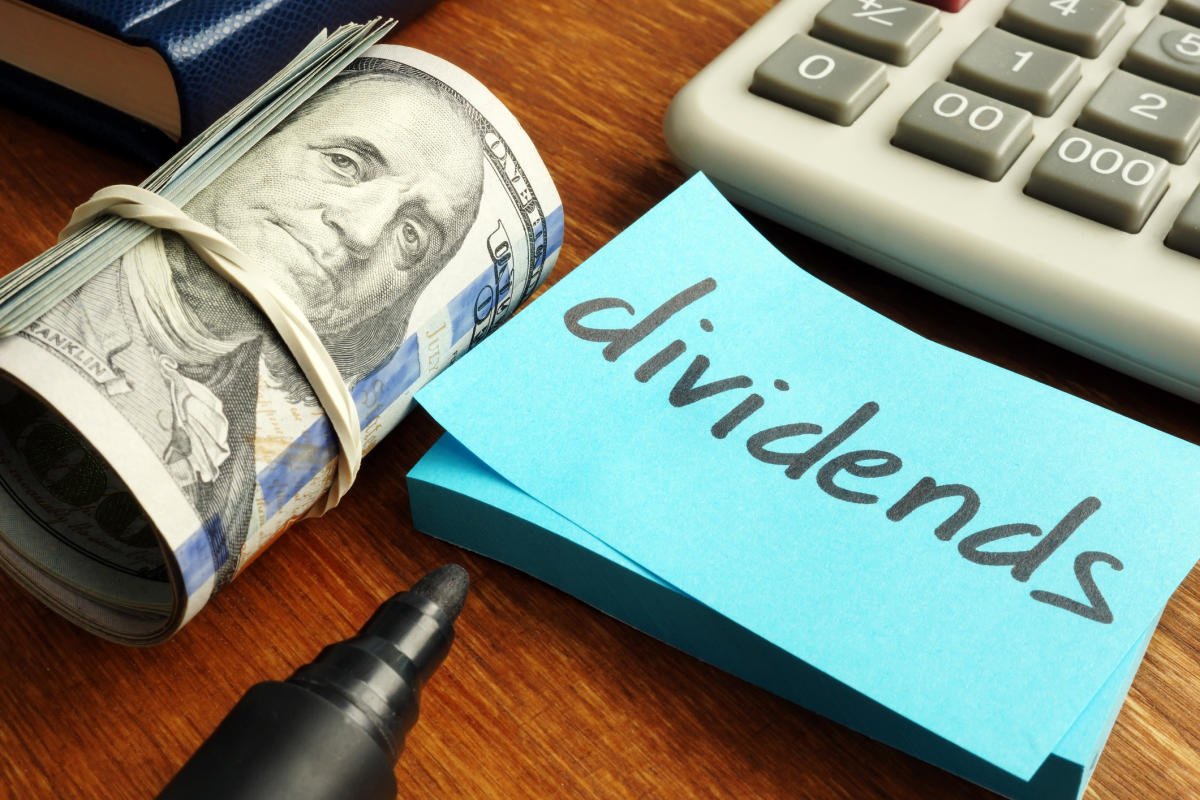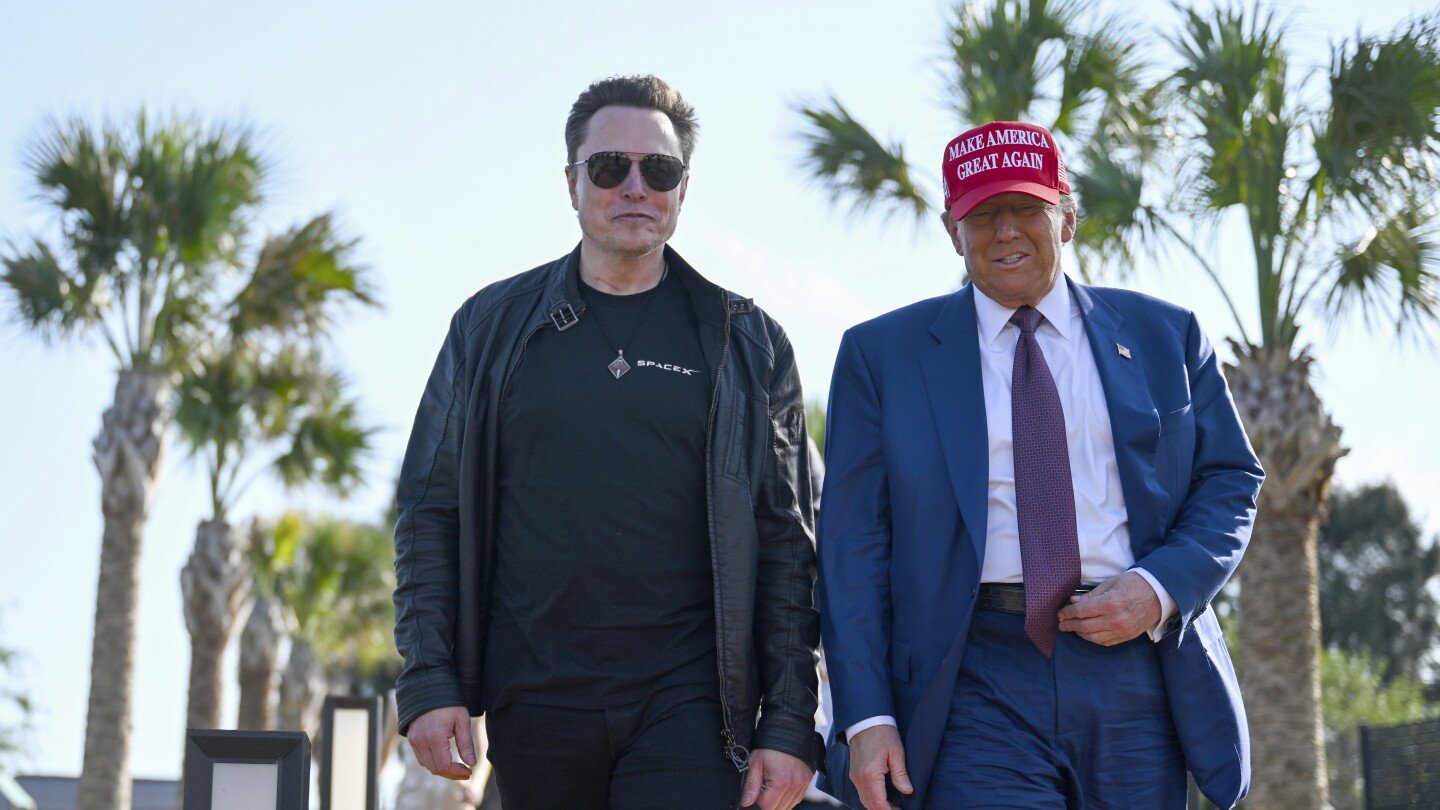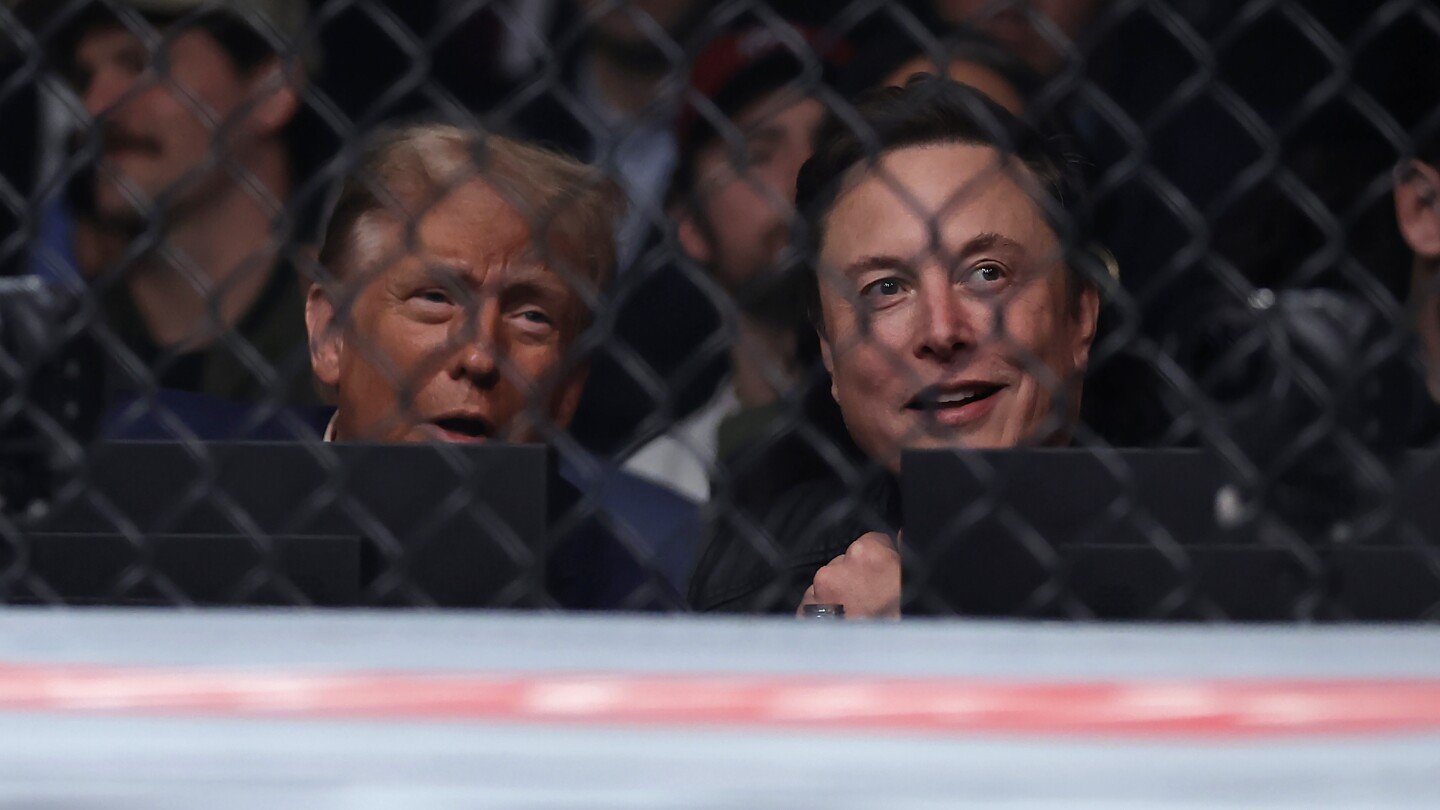The stock market’s bull run this year is peculiar. Stocks tend to come under pressure in the immediate lead-up to a presidential election, yet the S&P 500 is riding a six-week winning streak and trading at record highs.
However, if history’s anything to go by, which party ends up in the White House may not matter that much to the performance of the stock market—at least not in the next 4 years.
In a recent note, Deutsche Bank analysts Jim Reid and Henry Allen charted the annualized S&P 500 total return for each U.S. president since the turn of the 20th century. (N.B.: The S&P 500 in its current form didn’t exist until 1957; returns before this year are estimates calculated by data provider Global Financial Data.)
Reid and Allen found that, since the Great Depression, nearly all of the men in the Oval Office have presided over returns in the mid-teens, offering little evidence to support the notion that one party is better for the stock market than the other.
Deutsche Bank
Of the bunch, only three presidents saw negative returns during their administrations, and each coincided with an economic shock beyond the president’s control.
Herbert Hoover (1929-33) posted the worst performance of any president (-28%). While Hoover’s handling of the Great Depression has been criticized, it’s likely that the bubble that formed under his predecessor, Calvin Coolidge, had more to do with the dismal returns of the early 1930s than anything Hoover did in office.
Richard Nixon (1969-1974) presided over the 1973 oil crisis and, subsequently, an annualized S&P 500 return of -1%. George W. Bush (2001-2009) entered the Oval Office amid the bursting of the Dotcom bubble and left during the Global Financial Crisis, contributing to his -4% annualized return.
“So it’s possible to argue that it’s better to be lucky than good,” conclude Reid and Allen. “And events are more likely to dictate big-picture market performance under the next President, with policy probably playing a smaller role.”

